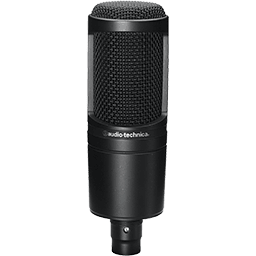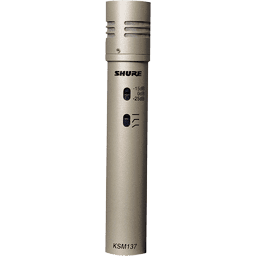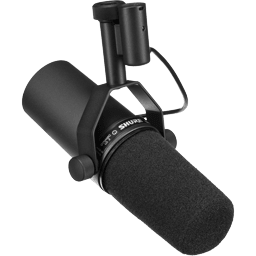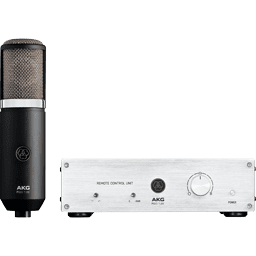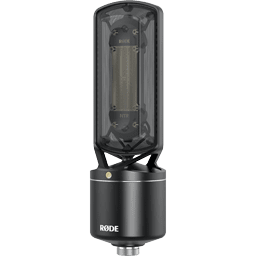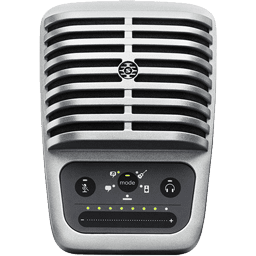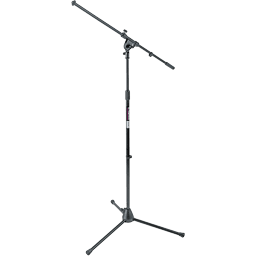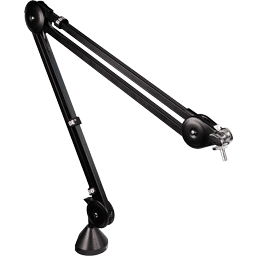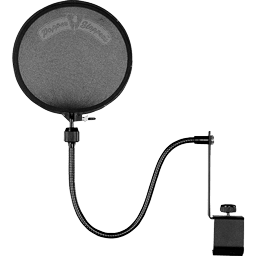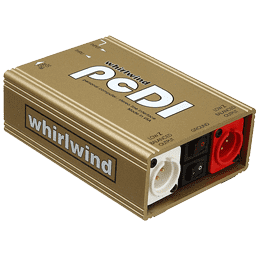Professional Recording Microphones
Recording Microphone Accessories
Recording Microphones
How to Choose a Great Studio Recording Microphone
Your output can only be as good as your input and your input starts at the microphone. This makes a great studio microphone arguably the most important piece of gear in any studio setup. This is why it's important to choose the best microphone for your application. Recording studios typically use condenser style mics because of their better ability to pickup subtleties in both vocal and instruments. But the real truth is that there is no single mic that is the best choice for every situation. You will likely end up with a microphone collection to cover the situations specific to your needs.
There are a number of types of microphones designed for studio use and sometimes the jargon and options can seem overwhelming. You can always rely on Performance Audio for good microphone advice and we welcome conversations by email or phone, but here are some basics about the types of studio microphones out there to get you started in selecting the perfect microphone for you.
Large Diaphragm Condenser Mics
The standard mic choice for recording studio vocals, large diaphragm recording microphones are usually cardioid pattern and feature side address design. The cardioid pattern refers to the shape of the microphones listening area. Cardioid patterns listen best straight in front and helps reduce surrounding noise from other directions. This results in a cleaner recording and a lot less work in post. Because of their increased sensitivity, when using a condenser mic you should also consider both a pop screen and a shock mount.
Small Diaphragm Condenser Mics
Small diaphragm or pencil condenser recording microphones usually offer an even tighter supercardioid pattern and a more neutral sound. The capsule is also facing the end of the microphone so you point them where they need to listen. Small diaphragm microphones are often a great choice for instrument or orchestra overhead recording and are often sold in pairs.
Dynamic Recording Mics
While not the first thought for most when thinking of a recording microphone, dynamic recording microphones are often the microphone of choice for broadcasting and podcasting applications. Dynamic microphones can withstand high sound levels and add clarity and presence to vocals and instruments. Unlike condenser or ribbon microphones, dynamic mics do not require batteries or an external power supply. This can make them a more versatile or simple choice for your setup.
Ribbon Mics
A ribbon microphone is a unique type of dynamic microphone. Rather than the standard moving coil attached to a diaphragm, ribbon mics utilize a thin strip of corrugated aluminum suspended loosely between two magnets. Ribbon mics are the most natural sounding microphones that you can use when capturing the sound of an instrument, a voice, or even the ambience of a room. Thanks to their figure-8 pattern, massive low-end pick-up, and natural high-frequency roll-off, ribbon mics can really hear more like your ears than other microphone types.
Tube Mics
Tube microphones excel in studio use. When used properly not many microphones can come close to the exquisite sound that can be captured by a tube microphone. Tube recording mics are generally characterised by their warmth, natural compression and added harmonics. Vocals sound amazing when captured by a tube mic due to the nuances they are able to pick up. Tube microphones will usually have an accompanying power supply and require some setup, but are worth the effort.
USB Mics
USB recording microphones are a great choice for interviews, podcasting, voiceovers or quick recordings. USB microphones are characterised by their simple plug-and-play convenience. They offer a great solution when you need to record on the go and don't have the room for all the bulky equipment that can accompany a studio setup.

